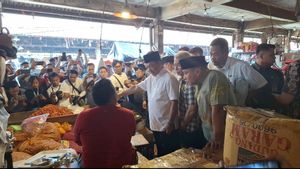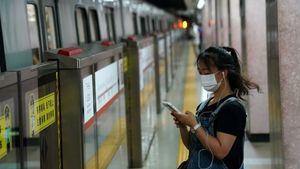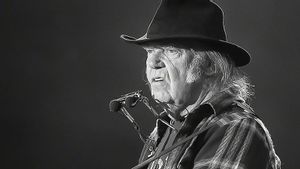JAKARTA - After launching the logo and the Jakhabitat Residential Gallery as well as the Sirukim application for the integration of housing provision in Jakarta, DKI Jakarta Governor Anies Baswedan said that in the future, Jakarta's residential areas must be vertical.
This, said Anies, is illustrated by the Jakhabitat logo which shows three arrows in an upward direction, inspired by the traditional village house in Wae Rebo, known as Kampung above the Clouds.
"Jakhabitat, which means Jakarta is a place where living creatures or families can grow and develop, with the logo symbolizing the up arrow symbolizing multi-storey housing. This means that in the future, Jakarta's housing must be vertical," said Anies, Tuesday, August 16.
According to Anies, residences in Jakarta must be upwards, it can no longer be widened, because even Jakarta as a city is no longer possible to expand.
"The width of Jakarta is about 600 square kilometers, it can't be increased, but if we go up (residential), we still have space, that's why we hope the houses are vertical, that's why we arrange them into a series upwards," he said.
The Jakhabitat, said Anies, is an integration program for efforts to improve coordination within government ranks.
"With this, we facilitate the housing needs in Jakarta, the way is through integration because the DKI Jakarta Provincial Government from the management experience of the past few years has found the importance of making integrated programs for all for the community to make transportation easier, such as transportation with Jaklingko," he said.
With this Jakhabitat, Anies added, it will make it easier for the community to participate in the apartment provider program, either through the Rp0 DP program, the Rusunawa program, village arrangement, and the arrangement of flats that are managed as a single unit.
"With this system, for people who are looking for housing, the information can be seen through the Jakhabitat gallery and the Housing and Settlement System (Sirukim) application," he said.
In this Jakhabitat, the available housing is intended for low-income people (MBR), namely rental flats, while for non-MBR people, units are built in the Transit Oriented Development (TOD) area at five MRT stations.
However, even for non-MBR communities, each TOD unit must allocate 20 percent of the number of units built for low-income communities.
"So the TOD area that will be built will not be a TOD area that can only be enjoyed by those with middle and high incomes, but people with low incomes can live in places that are the center of Jakarta," he said.
The English, Chinese, Japanese, Arabic, and French versions are automatically generated by the AI. So there may still be inaccuracies in translating, please always see Indonesian as our main language. (system supported by DigitalSiber.id)








